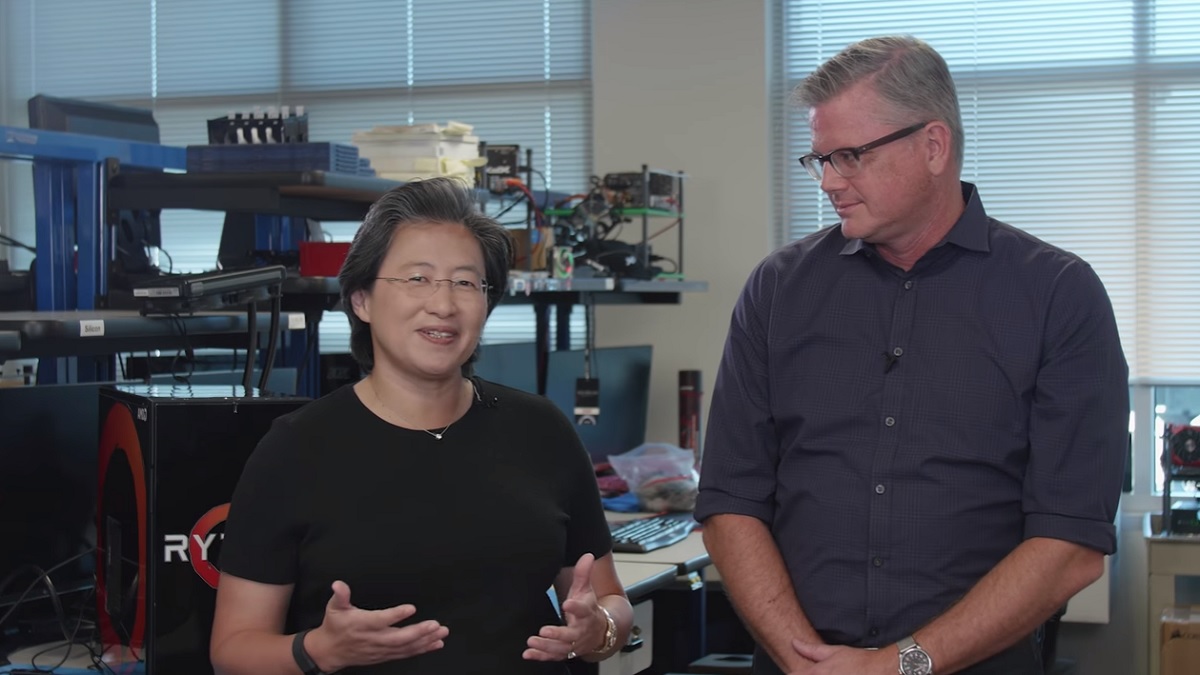Advanced Micro Devices posted a GAAP second-quarter loss of 2 cents a share and 2 cents a share profit on an adjusted basis, even as it continued with the launch of its most competitive chips in a decade. But in the third quarter, AMD expects revenues to rise 23 percent above Q2 levels.
Depending on how you look at those results, it’s both good news and bad news, which is where AMD has pretty much been for the past decade. From AMD’s point of view, the future will only get better. Investors have driven AMD’s stock price up 7 percent in after-hours trading.

Unlock premium content and VIP community perks with GB M A X!
Join now to enjoy our free and premium membership perks.
![]()

![]()